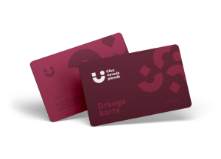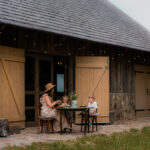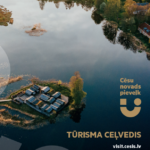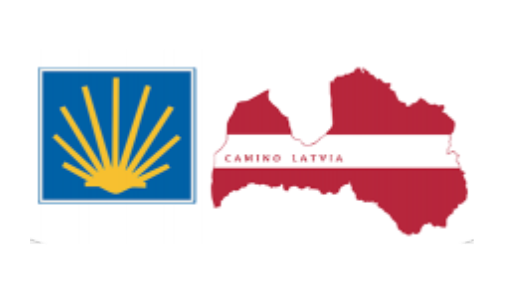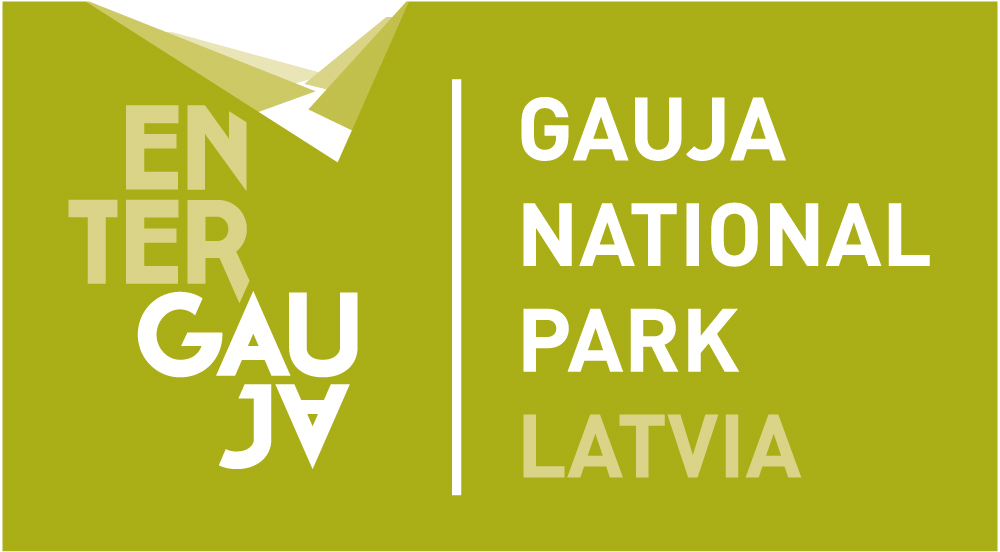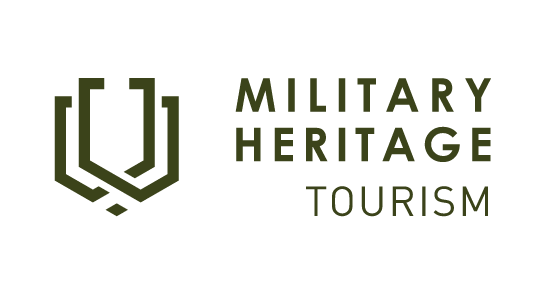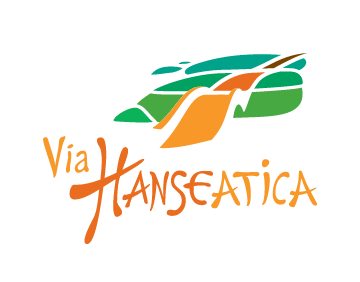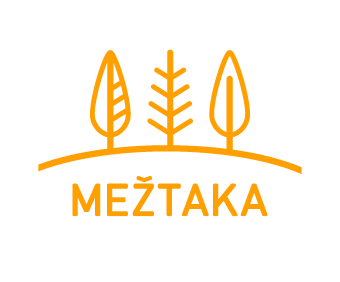The Mill
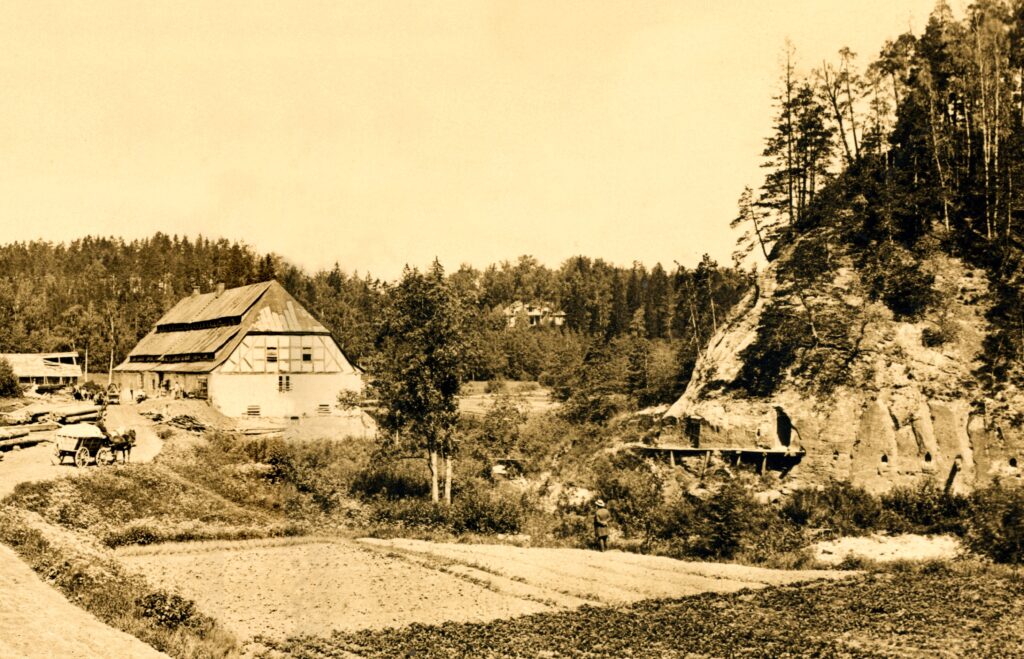
It housed the first paper mill in Līgatne, where paper was manufactured. The building, originally constructed as a gristmill, was constructed around the 1770s. Historical records first reference it as the Paltmale Manor watermill in the parish description by Hupel of 1777. By 1815, this mill had manufactured its first 1050 poods, or 17 tons, of paper from rags.
The first raw material used for papermaking in what is now Latvia was linen rags which were boiled for an extended period of time until they completely disintegrated. Bone glue, derived from the liquid of boiled goat legs, was used as a binder. Meanwhile, screens made from horsehair were attached to wooden frames. In this way, the liquid pulp was scooped, letting excess water drain away before turning the screen over. This process allowed to create a thin, wet layer of pulp which then became a paper sheet. It was then dried by clipping it to a rope.
The historic mill building has been remarkably well preserved to this day. It currently houses a grocery store, pharmacy, café and restaurant, a dentist’s office, multiple apartments, and the Paper Museum. The public bathhouse, which has been part of the facility since the very beginnings of the factory village, still operates on the ground floor.


